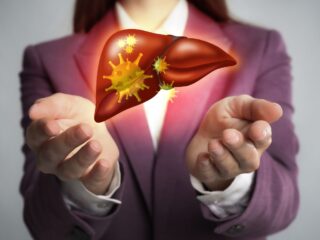
The development of upstream and downstream processes is at the heart of pharmaceutical manufacturing, dictating the efficiency, quality, and scalability of drug production. As the pharmaceutical industry continues to evolve, with an increasing focus on biologics and personalized medicine, the importance of innovative and integrated process development has never been more critical. Through continuous improvement and technological advancements, the industry is set to meet the growing demand for pharmaceuticals, ensuring that patients have access to safe, effective, and high-quality medications.
Upstream Process Development: The Birthplace of Active Ingredients
Upstream process development is concerned with the cultivation of biological systems or chemical synthesis steps required to produce the active pharmaceutical ingredients (APIs). In biopharmaceuticals, this often involves the use of living cells, such as bacteria or mammalian cells, which are engineered to produce therapeutic proteins or other biologics. The upstream process encompasses all steps, from cell line development and expansion and culture media optimization to bioreactor cultivation, which supports cell growth and product expression.
The challenges in upstream development are manifold. It requires a deep understanding of cellular metabolism and physiology to optimize conditions that maximize product yield while maintaining product quality.

Factors such as pH, temperature, nutrient supply, and oxygen levels must be meticulously controlled within bioreactors to ensure the desired outcome. Advances in bioprocessing technologies, such as single-use systems and continuous biomanufacturing, are addressing these challenges, offering greater flexibility and efficiency.
Read also: Upstream & downstream pharmaceutical process development
Downstream Process Development: Refining and Purification
Once the API is produced, downstream process development takes over, focusing on the separation and purification of the desired product from a complex mixture of cells, proteins, and other media components. This phase is critical to ensuring the purity and safety of the final pharmaceutical product. Downstream processes typically involve several steps, including cell removal, product isolation, purification, and formulation. Techniques such as chromatography, filtration, and centrifugation are commonly employed to achieve the required purity levels.

Downstream processing presents its own set of challenges, primarily related to the complexity of biological mixtures and the fragility of biological products. The purification process must be efficient enough to yield a product of high purity while maintaining the product’s integrity and activity. Moreover, as the demand for biopharmaceuticals increases, the scalability of downstream processes becomes a significant concern, driving innovation in process intensification and automation.
Integrating Upstream and Downstream for Seamless Manufacturing
The integration of upstream and downstream processes is vital for the seamless manufacturing of pharmaceutical products. This integration not only ensures a continuous flow from raw material to the finished product but also enhances process efficiency and product consistency. Process analytical technology (PAT) and quality by design (QbD) principles play crucial roles in this integration, allowing for real-time monitoring and control of the manufacturing process and ensuring that quality is built into the product from the start.












